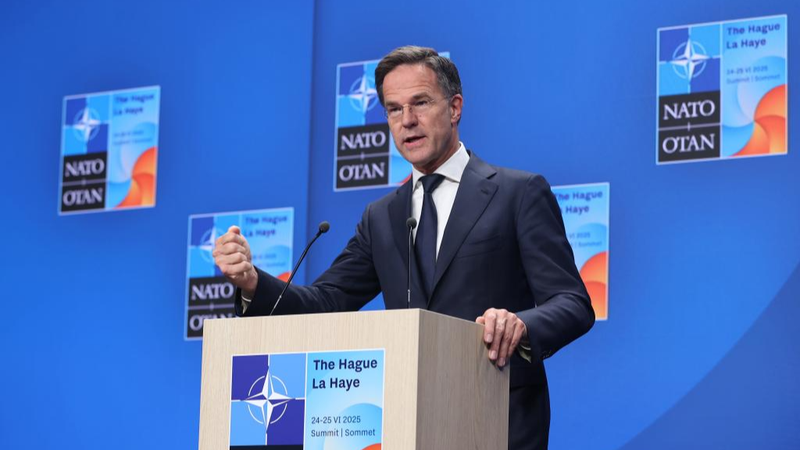On June 25, NATO leaders took the unprecedented step of raising their collective defense spending target to 5 percent of GDP, heeding the persistent demands of U.S. President Donald Trump. Until 2014, NATO had no formal spending benchmark. Then, in response to the Ukraine crisis, the Obama administration suggested 2 percent. Fast forward to Trump’s “America First” push, and that goal has more than doubled, with threats to reinterpret Article 5’s collective defense clause if allies don’t comply.
While the 2 percent target remained largely aspirational, it gave European members a stronger voice—until 2019, when Trump pulled U.S. troops from Syria without consulting partners. That move prompted French President Emmanuel Macron to declare NATO “brain-dead.” Yet today, Europe, even amid economic headwinds, has agreed to Trump’s 5 percent demand. NATO General Secretary Mark Rutte even applauded the outcome, congratulating Trump for “making Europe pay in a big way.”
Beyond defense budgets and political brinkmanship, the alliance’s history reveals deeper contradictions. NATO was forged not just as a defensive pact but as an instrument of post-war imperial influence, binding economies and military capacities under U.S. leadership. Its unity has always coexisted with inter-imperialist rivalries—France’s decades-long absence from NATO command, Germany’s independent Ostpolitik, and Britain’s recent alignment with the Asian Infrastructure Investment Bank all underscore competing agendas within the bloc.
Since the Cold War’s end, military interventions often bypass NATO’s formal structures in favor of “coalitions of the willing,” reflecting the alliance’s flexible yet fragmented nature. Even the hallowed Article 5, the keystone of collective defense, offers a surprising caveat: if one member is attacked, they deem “such action as it deems necessary,” giving each ally leeway to choose its response.
As NATO braces for a new fiscal frontier, these fundamental contradictions—between unity and autonomy, offense and defense—will test the alliance’s cohesion. With global tensions on the rise, the question remains: can NATO reconcile its imperial legacy with the demands of 21st-century security?
Reference(s):
cgtn.com




